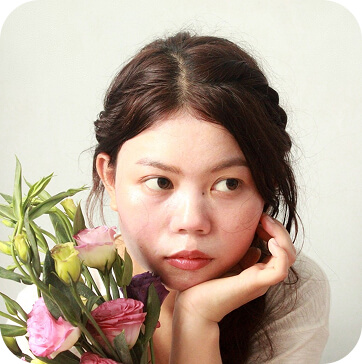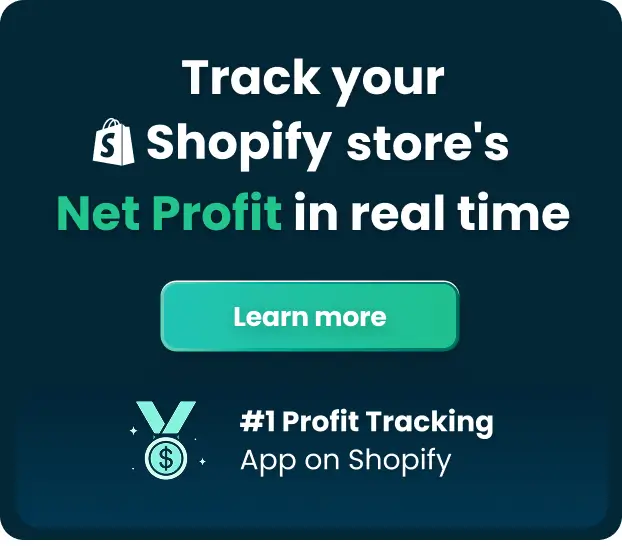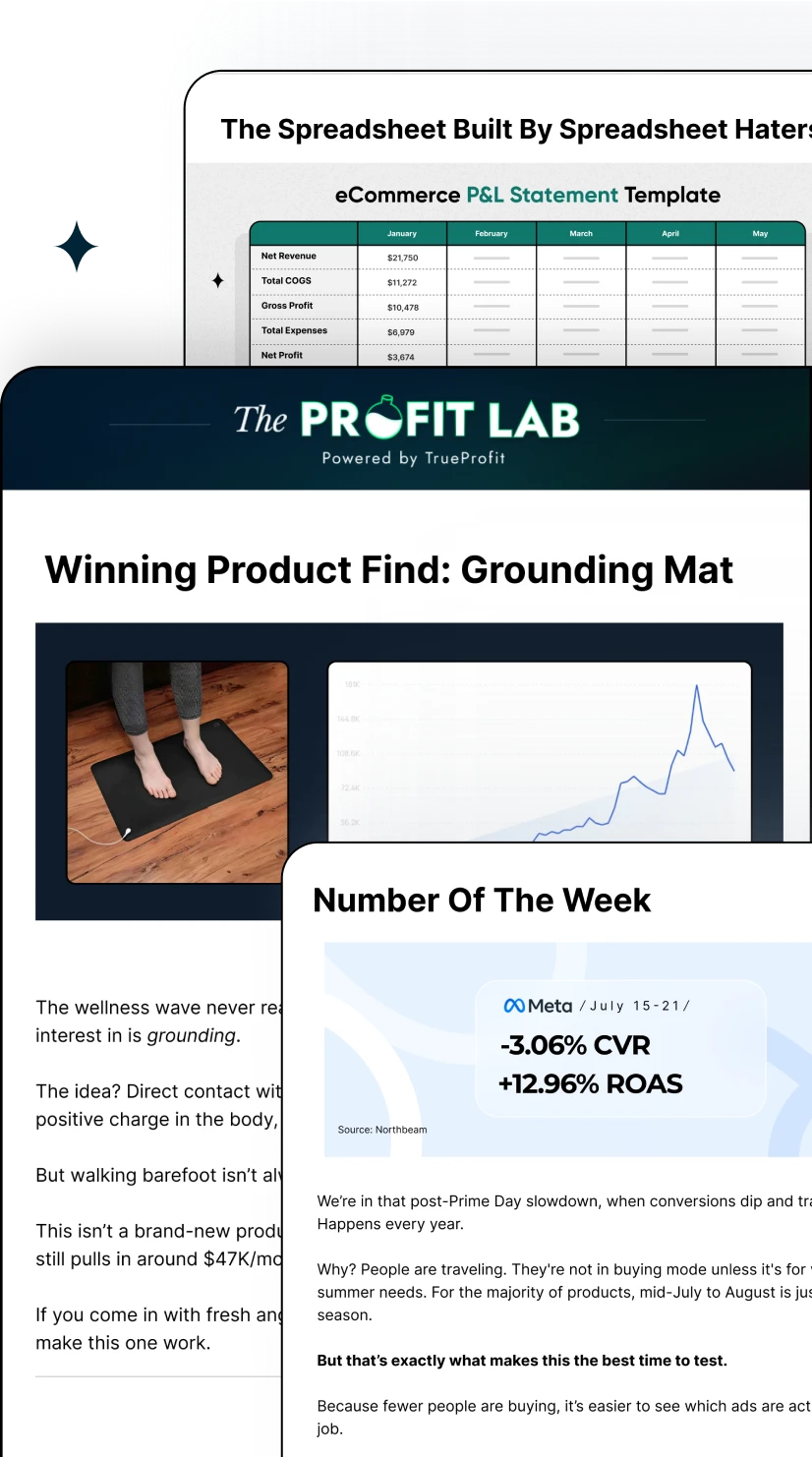Top 7 Most Successful Beauty Dropshipping Stores
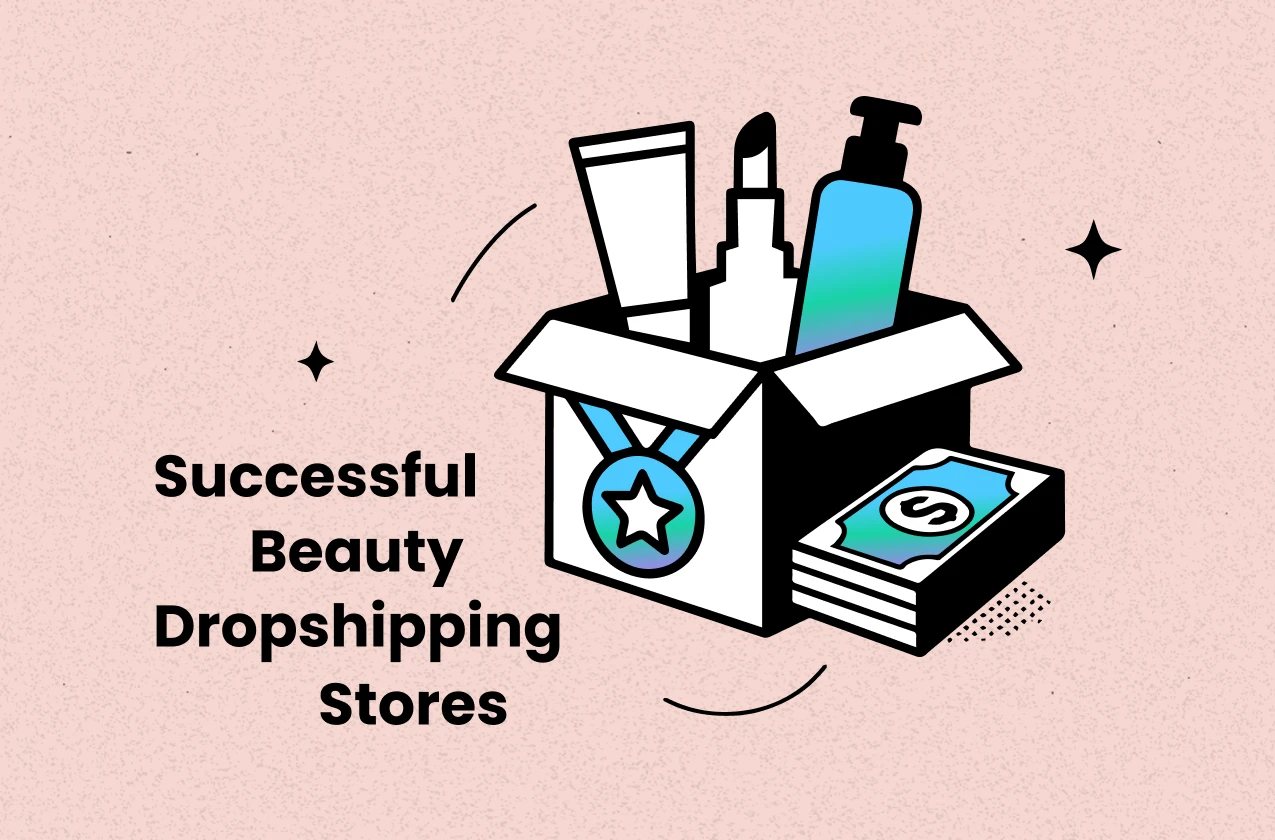
Dropshipping in the beauty niche can be incredibly rewarding—but only if you know which stores to learn from and what makes them successful.
In this article, we explore the top beauty dropshipping stores in 2025. Let’s dive in!
Top Successful Beauty Dropshipping Stores to Learn From in 2025
Here’s an overview of some of the most successful beauty dropshipping stores, the categories they focus on, and their go-to suppliers:
Store Name | Niche |
|---|---|
Beauty Joint | K-Beauty + Western drugstore brands |
P.Louise Cosmetics | Professional makeup formulas, makeup artist-driven beauty brand |
Paddie Nails | DIY at-home nail kits and polygel nail accessories |
Bella Hair NYC | Premium virgin hair extensions, wigs, and bundles |
Bee Balm | Natural lip balm with propolis, honey, and clean ingredients |
Tubby Todd | Plant-based skincare for babies, kids, and sensitive skin |
CurrentBody | At-home beauty tech devices (LED, RF, skincare technology) |
1. Beauty Joint – Asian Beauty Store
Beauty Joint is a leading cosmetics wholesaler in the USA, authorized to sell brands like Rude, Seche, Coty, The Balm, Jerome Russell, and more—with the lowest prices and worldwide shipping service.
At its core, Beauty Joint is known for its large selection of AB (Asian Beauty) products, including Korean roadshop brands at really decent prices. On top of that, they also stock Western makeup brands, so reaching free shipping thresholds is often simple, which is a subtle but smart way to increase average order value.

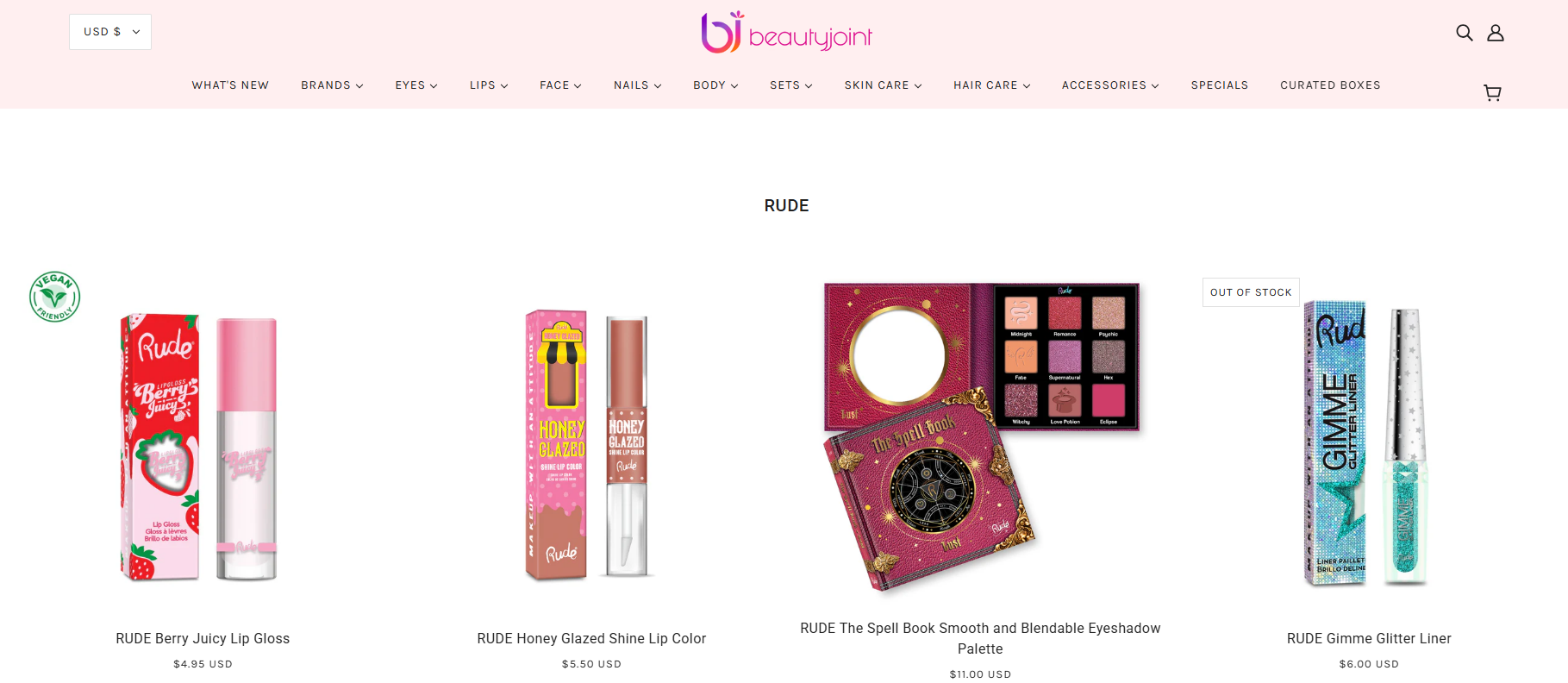
2. P. Louise Cosmetics – Pro-Grade Makeup Artist Brand
Based in Stockport, UK, P. Louise Cosmetics began as a makeup academy before expanding into cosmetics—and it’s now known for high-quality, trend-driven products without the luxury price tag. Their catalog includes cult favorites like the Base Shades, the Cheek Of It liquid blushes, the Love Tape Palettes, and the ever-popular Brow Balm. These products don’t just sell—they’ve built a loyal community of makeup lovers who can’t get enough of the formulas.

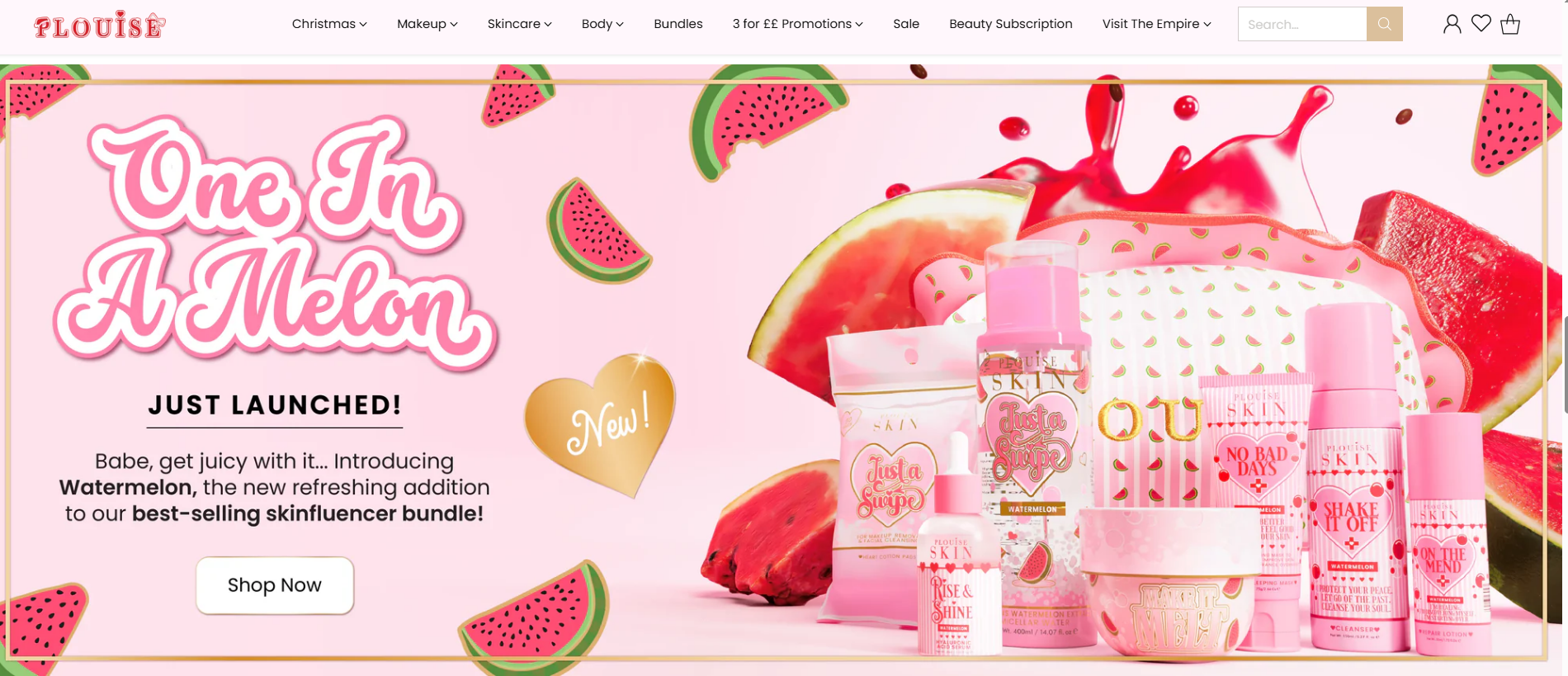
3. Paddie Nails – DIY Nail Care Store
Paddie Nails is best described as a “At-home polygel nail kits and accessories”, which let customers achieve salon-quality nails in just 15 minutes without ever stepping foot in a salon. Their kits are odorless, beginner-friendly, and designed for safe application, which makes them stand out in a market often crowded with chemical-heavy products.

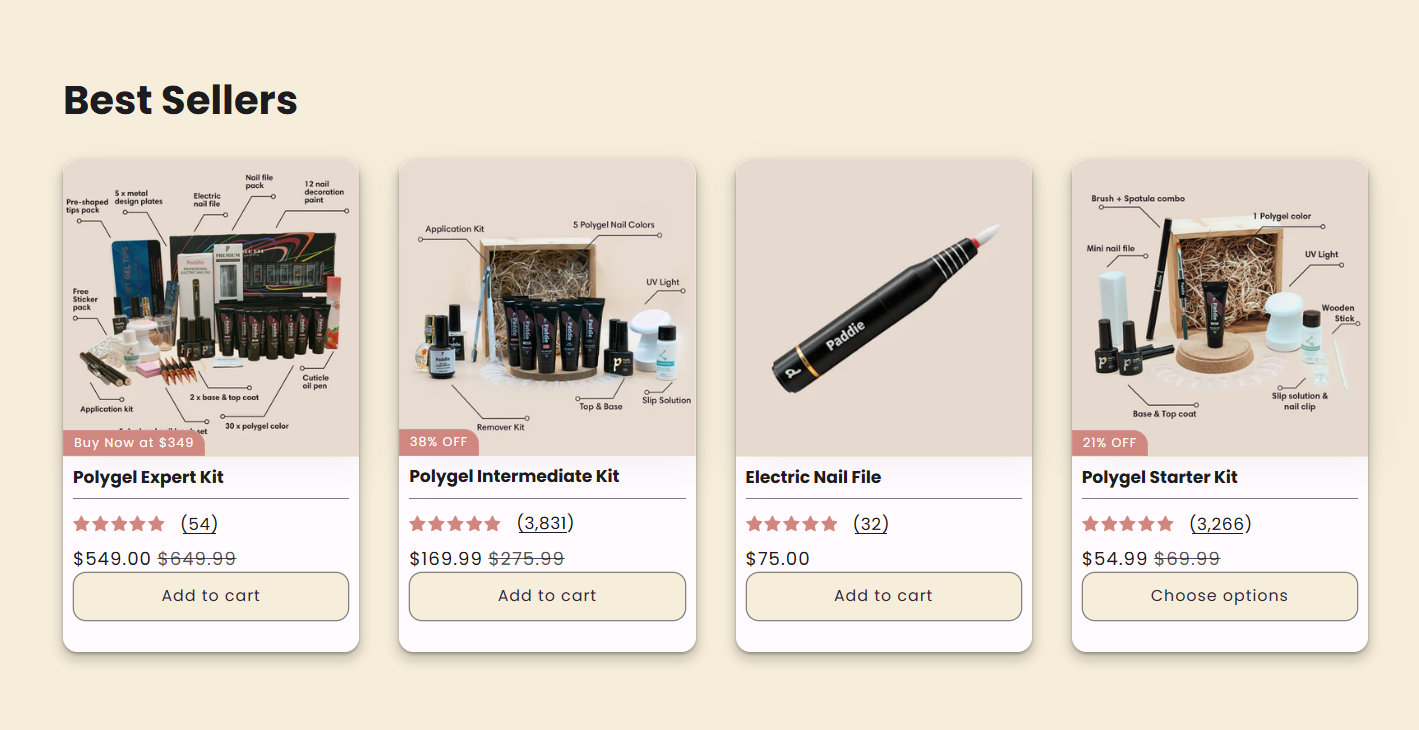
4. Bella Hair – Premium Virgin Hair Store
Bella Hair NYC has carved out its space in the competitive beauty market by focusing on 100% virgin human hair extensions and wigs. The brand offers everything from Brazilian bundles to ombre blonde wigs—each piece that felt natural, looked flawless, and lasted.
For dropshippers, this shows that owning one niche beats trying to sell everything. Bella Hair is proof that when you specialize and deliver unmatched quality, you don’t need to chase customers—they’ll come find you.

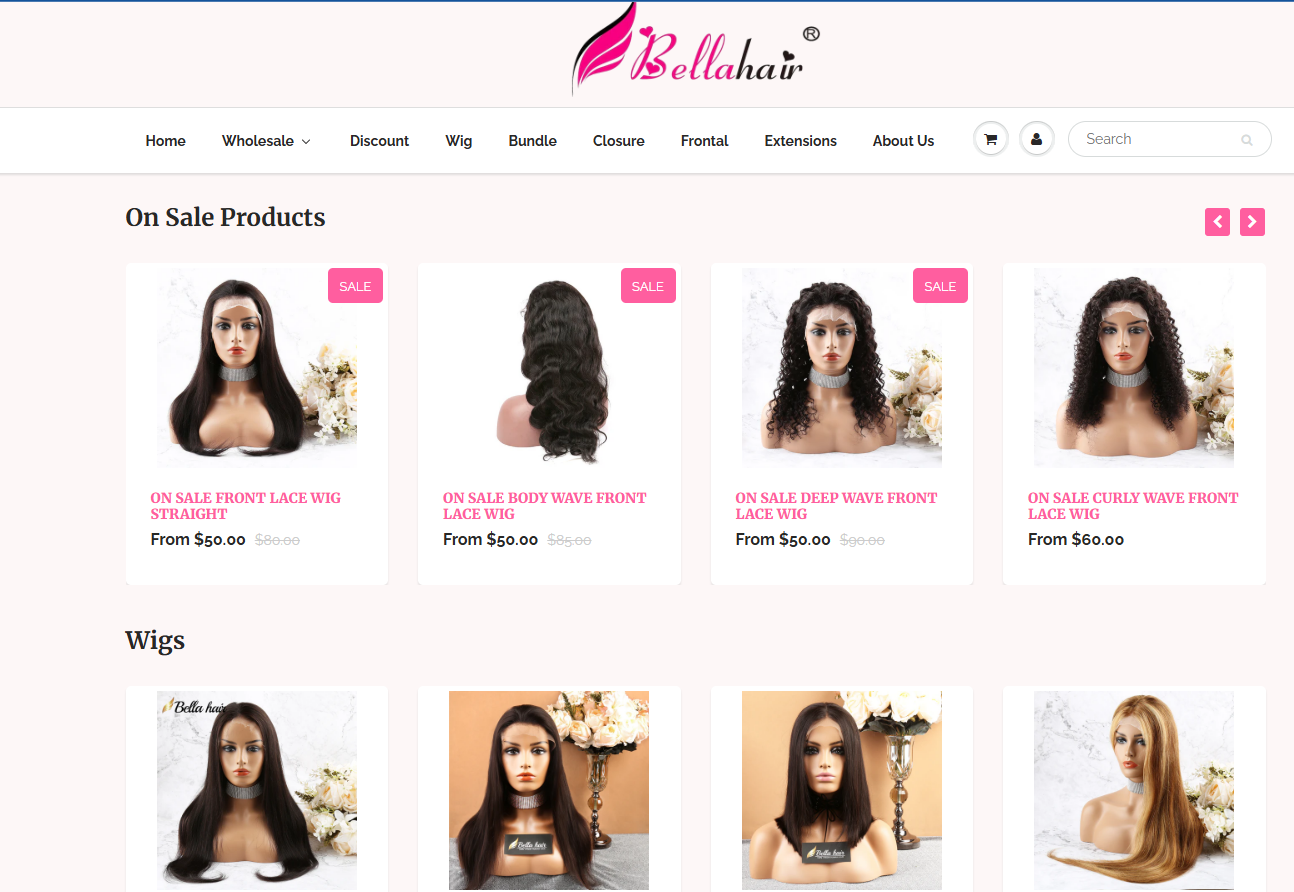
5. Bee Balm – A Natural Lip Care Store
Bee Balm is a purpose-driven lip care store that carved its niche by solving a personal problem: chronic chapped lips. Instead of petroleum-heavy formulas, Bee Balm created balms with propolis, honey, and jojoba oil, positioning itself as a natural alternative that heals and protects.

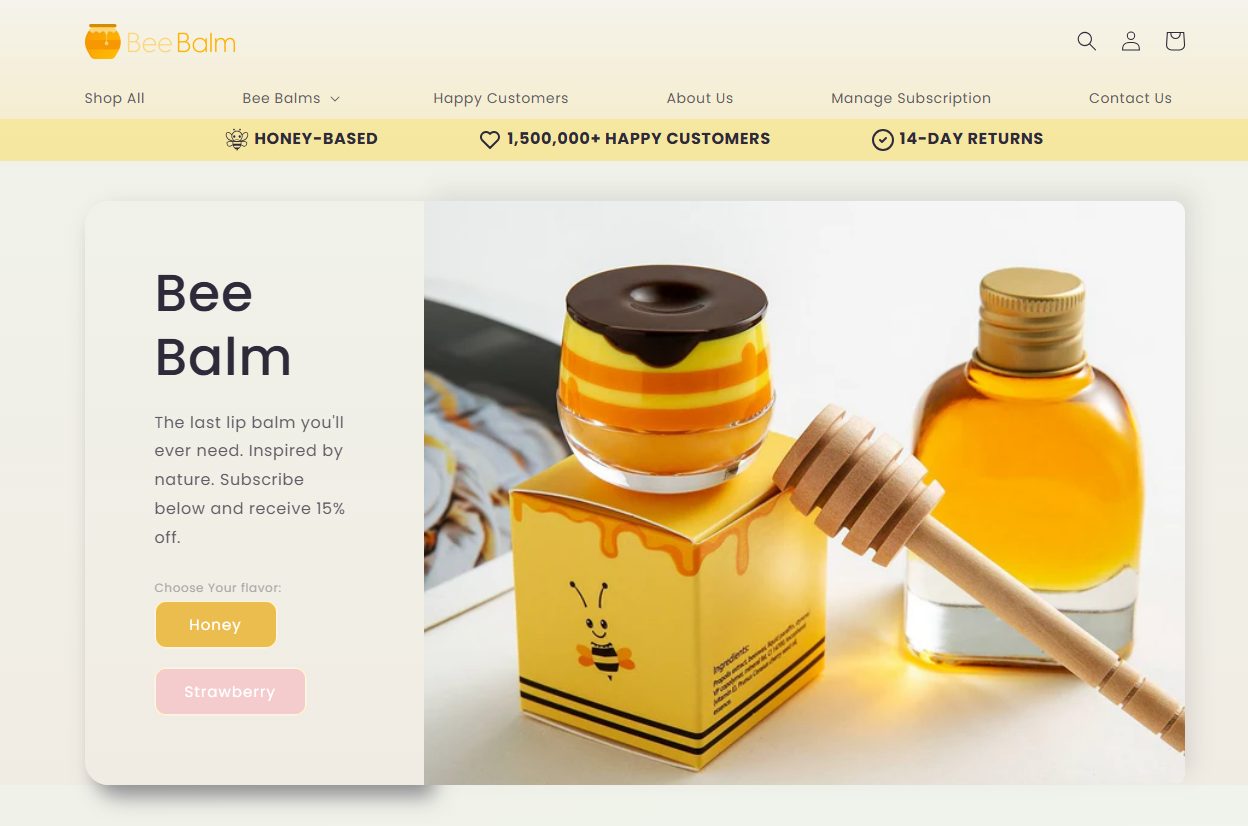
6. Tubby Todd – Gentle Skincare for Families
Tubby Todd has become a trusted family skincare brand by focusing on babies, toddlers, and children with sensitive skin. Their formulas—like the All Over Ointment and Hair + Body Wash—are plant-based, pediatrician and dermatologist tested, and marketed as safe, effective, and gentle. They sell directly on their website while also being present on Amazon, Nordstrom, Target, and Faire wholesale— with fast US/Canada shipping and FSA/HSA payment support.

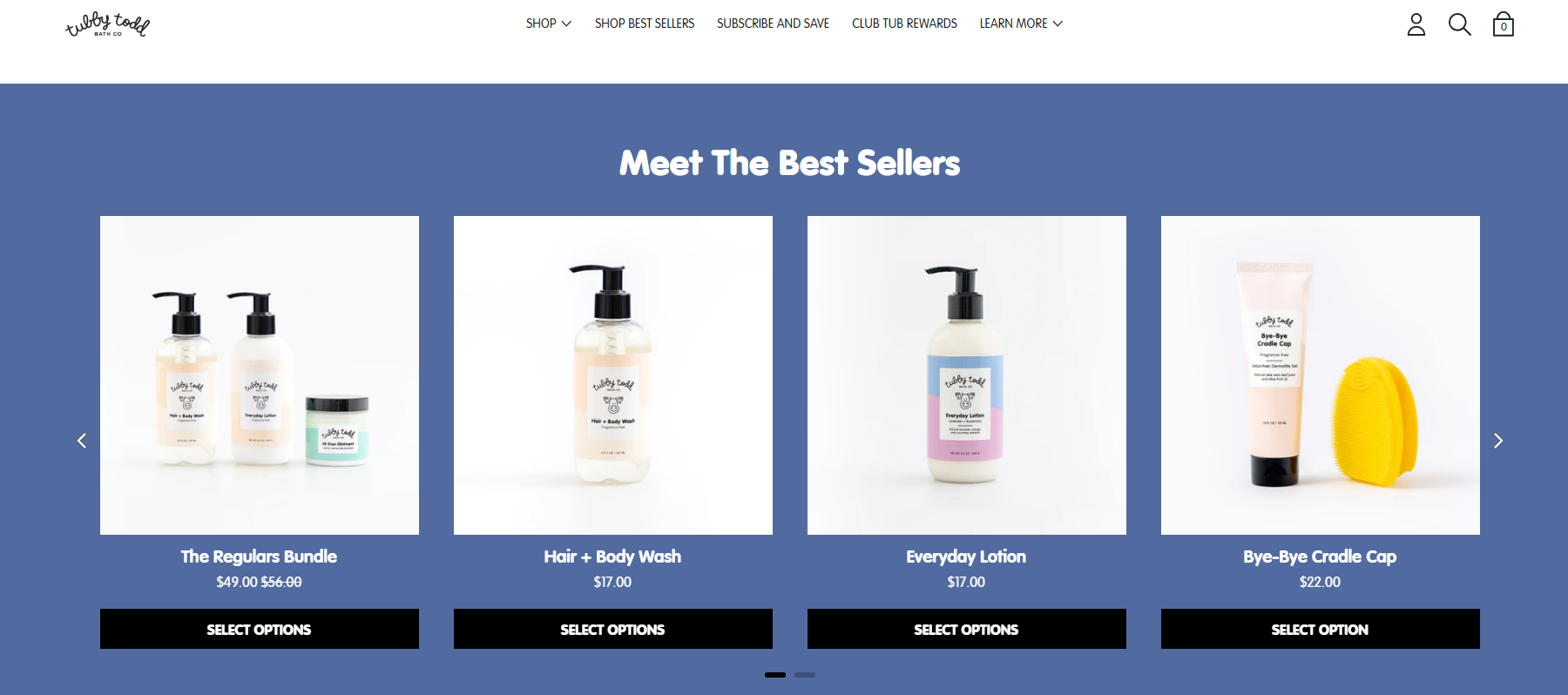
7. Current Body – Led Facials Store
Not long ago, treatments like LED facials or radio frequency skin tightening meant expensive spa visits. CurrentBody changed that. it’s a beauty-tech dropshipping brand that dominates the space of at-home skincare devices. From LED light masks to radio frequency machines and even hair growth helmets, their catalog is built around science-backed technology that delivers professional-level results.

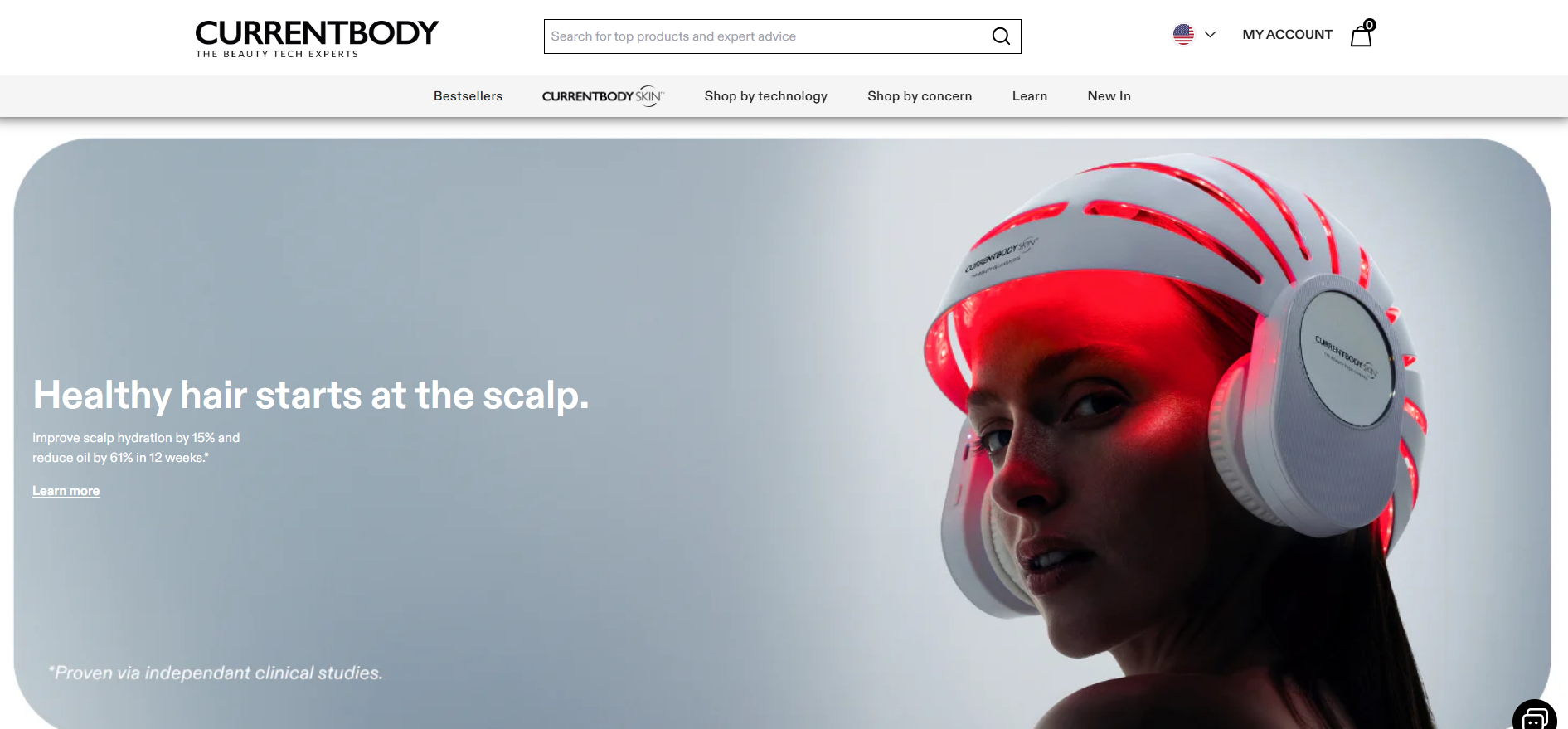
4 Key Traits of a Profitable Beauty Dropshipping Store
Analyzing these successful stores reveals six common traits that drive profitability:
1. Make Your Brand Unforgettable
Beauty is a crowded space. With so many stores offering similar products, branding is what makes customers remember and return. From visual identity to tone of voice, top stores make their brand feel premium—even when the products themselves are affordable. That brand equity translates into higher margins and stronger trust.
2. Let One Signature Product Define You
Instead of spreading attention thin, many stores build their brand identity around one high-profit margin product item—like a signature LED mask or a best-selling serum. That hero product becomes the store’s anchor, drawing in customers and powering the rest of the catalog.
3. Stay Ahead of Store Performance
Behind the glossy storefront, the numbers matter most. Top stores track conversion rates, AOV, add-to-cart rates, and net profit to measure real health. With these insights, they know exactly which products to scale and which to cut—turning data into strategy.
Track Profits Smarter with TrueProfit
Understanding store performance is crucial for scaling. TrueProfit helps dropshippers track the true bottom line, showing exactly how ad spend, product costs, and operational expenses impact profits.
As a top #1 Shopify net profit analytics, TrueProfit helps you with:
- Monitoring real-time profit and loss, not just revenue.
- Analyze ad campaigns and ROI across multiple platforms.
- Identify high-performing products and cost-saving opportunities.
- Make data-backed decisions to scale without risking profitability.
By integrating TrueProfit, beauty dropshipping stores can stay on top of profits while experimenting with new products and marketing strategies—turning insights into actionable growth.
Final Thoughts
Success in beauty dropshipping comes from more than picking trending products—it’s about branding, optimization, and smart tracking. The stores highlighted here have cracked the code by focusing on hero products, building conversion-driven websites, and keeping a close eye on performance.
Applying these lessons, along with tools like TrueProfit, can give aspiring dropshippers the edge needed to turn a store into a profitable business in 2025.
Leah Tran is a Content Specialist at TrueProfit, where she crafts SEO-driven and data-backed content to help eCommerce merchants understand their true profitability. With a strong background in content writing, research, and editorial content, she focuses on making complex financial and business concepts clear, engaging, and actionable for Shopify merchants.



